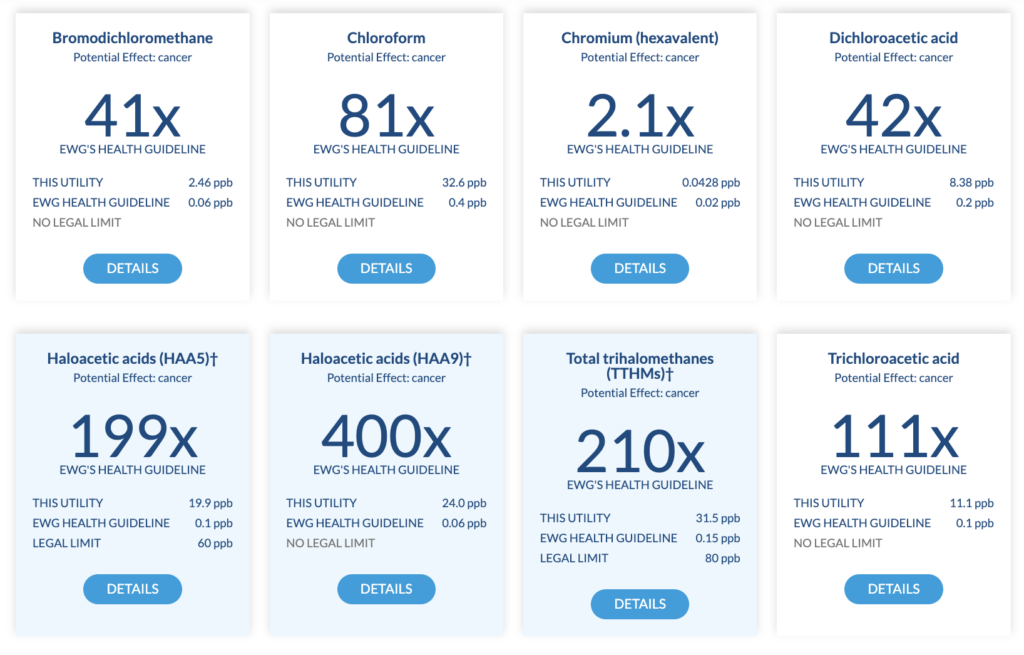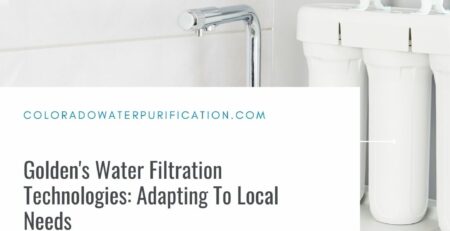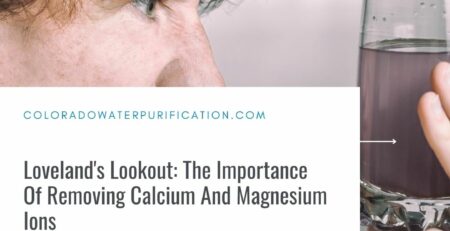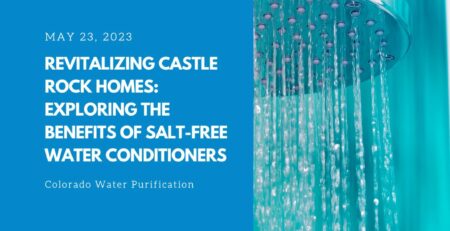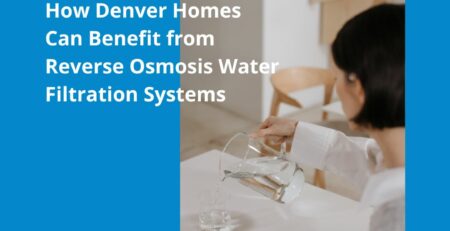Longmont’s Water Supply: Navigating Contaminants and Ensuring Safety
Nick2023-07-11T16:41:29-06:00Water is an essential resource that we rely on for our daily lives, but it’s crucial to be aware of the potential contaminants present in our water supply. In Longmont, Colorado, the EWG health guidelines have detected eight contaminants that demand our attention. Join us as we explore these substances, their health implications, and the steps we can take to prioritize our well-being.
Arsenic: Unveiling the Hidden Danger
Discover the presence of naturally occurring arsenic in Longmont’s water supply. Understand the potential risks associated with exposure, such as cancer, skin problems, and neurological damage. Empower yourself with knowledge to minimize your exposure to this concerning element.
Barium: Shedding Light on Health Effects
Delve into the implications of naturally occurring barium in Longmont’s water. Uncover its potential to cause nausea, vomiting, and diarrhea. Equip yourself with strategies to mitigate the impact of this element on your health.
Bromodichloromethane: Understanding a Disinfection Byproduct
Unravel the mysteries of bromodichloromethane, a disinfection byproduct formed during water treatment. Explore its potential to cause cancer and empower yourself with measures to reduce your exposure to this complex compound.
Chloroform: Exposing the Carcinogenic Intruder
Peek into the presence of chloroform, a disinfection byproduct formed during water treatment. Unmask its potential to cause cancer and discover strategies to minimize your exposure to this concerning compound.
Dichloroacetic Acid: Revealing a Carcinogenic Byproduct
Unveil the formation of dichloroacetic acid, a disinfection byproduct resulting from water treatment. Examine its potential to cause cancer and equip yourself with measures to mitigate its impact.
Total Trihalomethanes (TTHMs): Unmasking the Group of Disinfection Byproducts
Explore the group of disinfection byproducts known as TTHMs, formed during water treatment. Understand their potential to cause cancer and discover strategies to reduce your exposure to these compounds.
Uranium: Exposing the Radioactive Element
Discover the presence of naturally occurring uranium in Longmont’s water supply. Uncover its potential to cause cancer and gain insights into measures for minimizing your exposure to this radioactive element.
It’s important to note that the levels of these contaminants in Longmont’s water supply are all well below the legal limits set by the EPA. However, individual sensitivities may vary, and it’s always advisable to consult your doctor regarding the safety of your drinking water.
In addition to the contaminants listed on the EWG’s website, Longmont’s water supply also contains PFAS, a group of man-made chemicals associated with various health problems. While PFAS levels in Longmont’s water supply are below the legal limits, concerns about long-term exposure effects persist.
To address concerns about the safety of your drinking water in Longmont, you can consult your doctor or contact the City of Longmont Water Treatment Plant. They possess valuable information about contaminants and can guide you on how to protect yourself.
It’s important to remember that the EWG’s health guidelines are more stringent than the EPA’s legal limits. Therefore, some contaminants considered safe by the EPA may be classified as unsafe by the EWG.
Always stay informed and be proactive in ensuring the purity and safety of your drinking water. By understanding the complexities of water contaminants, we can make informed decisions to prioritize our health and well-being. Together, let’s strive for a healthier future in Longmont.
